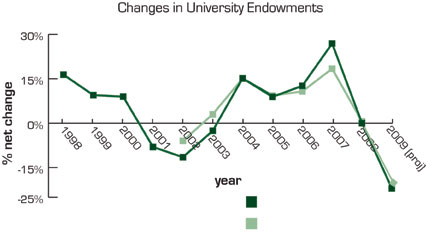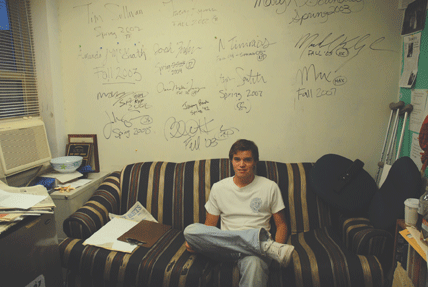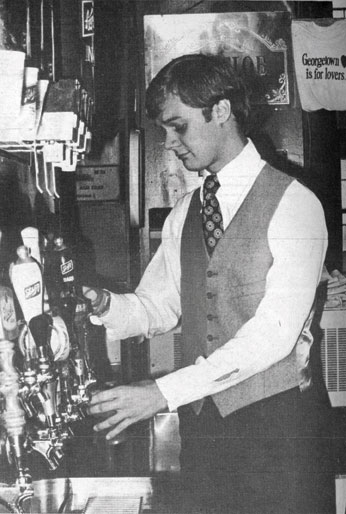Features
It was late August, and students returning to Georgetown from their summer vacations were shocked to find that the campus party scene had become the polar opposite of what it had been only the previous spring. The administration had introduced a new drinking policy, eliminating the tacit approval that students had long felt they had received from the school to work hard and party harder. Suddenly, Georgetown students faced keg limits, party registration deadlines, and ominous sanctions against anyone who facilitated underage drinking. Student resentment grew as campus security gained notoriety for party-busting, and the party scene languished, culminating in student protests. The administration, students felt, hadn’t just made it harder for underage drinking to take place—the administrators had violated Georgetown’s very culture.
By
Molly Redden
September 3, 2009







